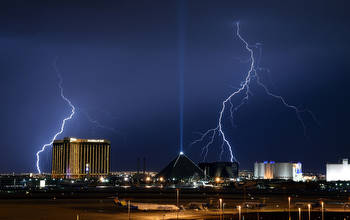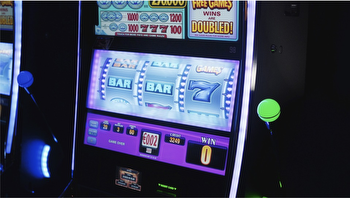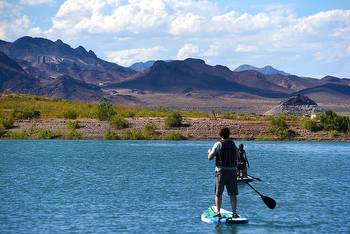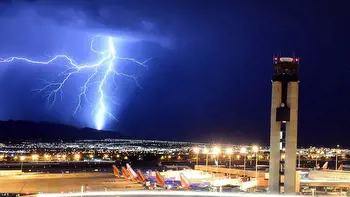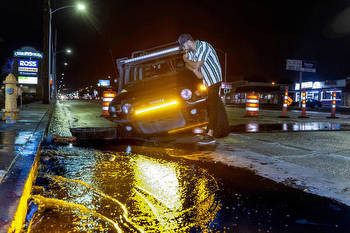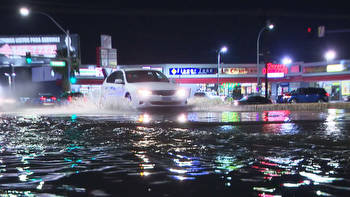How to Survive Your First Slot Canyon
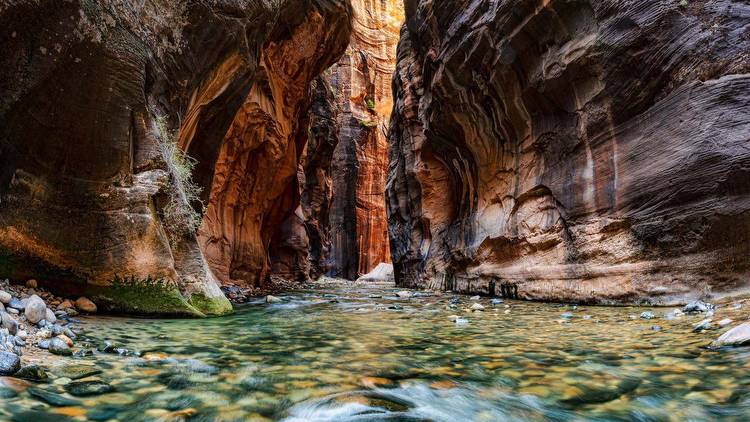
Carved out of sandstone by flowing water over the course of millennia, slot canyons have a beauty that’s impossible to find anywhere else. From the muffled silence broken to the rays of light that break through their narrow ceiling, the environment there is unique, and motivation enough for the hikers who flock to them. But from sheer drops to crumbling rock to sudden, lethal flash flooding, descending a slot canyon also has unique hazards that hikers on most trails don’t have to worry about. If you’re heading out on your first slot canyon, it pays to be prepared, from equipment selection to fitness to survival skills.
Watch the weather
Years of flash flooding give slots their polished beauty, but that’s not a process you want to see firsthand. Monsoons typically occur from June to August in the Southwest, so fall hikers should be in the clear. Still, select canyons with multiple bail-out points, and check the forecast before you go. Even faraway storms can feed your slot’s drainage, so postpone the hike if you expect rainfall upcanyon. Mid-hike and feeling raindrops? Get out of the slot before the floods start. Too late? Find high ground sheltered from falling and current-driven rocks and debris.
Bust a Move
Keep your feet above pooled water, cross deep potholes, and navigate short, steep drops in tight canyons with these techniques.
Bridging
Descend into or traverse wide, flaring slots by bracing your hands and feet on opposite walls. Keep three points of contact and avoid flattening out, which takes more energy.
Stemming
For canyons 3 to 4 feet wide, put one hand and one foot on each side and apply pressure to work your way up or down.
Chimneying
For skinnier slots, use the counter-pressure of your back against your feet or knees on the opposite wall. Keep your butt higher than your thighs to avoid getting stuck. Pack in the way? Lower it with cordage or hang it from a line tied around your waist.
Warning: Don’t get too technical above a sketchy landing. More than a few feet of air beneath you? Find a safer route.
The Starter Kit
Even when routes requiring ropes aren’t on the menu, you still need canyon-specific gear. Here’s your packing list for hiker-friendly slots.
Sturdy shoes Opt for closed toes and grippy soles that can take a beating (think approach shoes or tight-lacing boots). Quick-dry models without a waterproof membrane are a plus.
Dry bags Protect your gear against water crossings with a roll-top like the NRS Hydrolock Dry Sack.
Cordage Bring 20 to 30 feet of 7mm cordelette to set up hand lines and lower gear.
Helmet Protect your cranium from rockfall with a climbing helmet. Folks new to chimneying should consider adding knee pads.
Sun protection Most slots are in the desert. Plan accordingly.
Make the grade
Learn the slot canyon rating system and select a route that’s right for your abilities.
Example Wild Horse Canyon (2AII), San Rafael Swell, Eastern Reef, UT
Technical class: Scale 1 to 4
Class 2 indicates basic canyoneering. In Wild Horse, expect to scramble over some slickrock. No rope required.
Presence of water: Scale A to C
A indicates dry land or easy wading. Here you have one or two puddle crossings in wet years.
Commitment grade: Scale I to VI
II indicates a couple hours to half a day. Wild Horse usually takes around three hours.
The expert: Brett Sutteer, owner and executive director at Moab Cliffs and Canyons, guides trips all over the world. He’s steered hundreds of first-time canyoneers through Utah’s slots and knows the terrain by heart—so much so that he was hired to do stunt work in the movie 127 Hours.
This article first appeared on Backpacker in October 2017. Last updated in August 2021.










